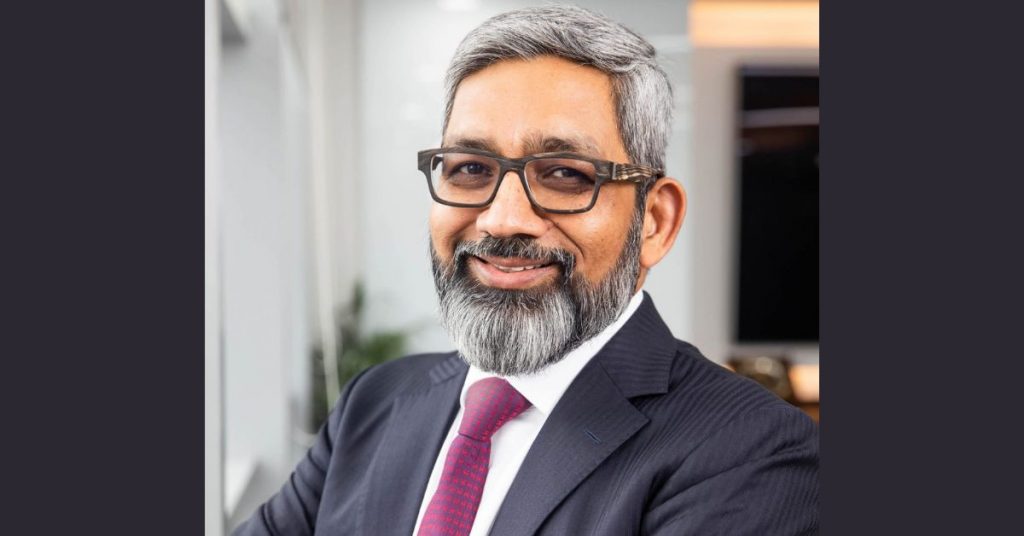In an interview to S&P Global Commodity Insights, Mahesshwari said, “Flipping the lens to energy security, sustained under investment in upstream without substitutional capacity and substantial scale in clean and new energy could have far reaching consequences in the journey of just transition”.
Highlighting the criticality of investment in the upstream sector amidst the global shift towards a net-zero future, Mahesshwari cautioned against the repercussions of underinvestment in substituting conventional energy sources with cleaner alternatives.
Notably, Invenire Energy, a private equity-backed firm, has strategically positioned itself with a portfolio predominantly comprising discovered fields in India, acquired through both secondary market purchases and primary acquisitions from the government. Additionally, the company boasts assets in Indonesia and East Africa.
Mahesshwari affirmed the company’s commitment to accelerating oil and gas production from its existing portfolio of discovered fields while refraining from venturing into exploration activities in the foreseeable future.
Emphasizing the company’s focus on leveraging its expertise in traditional energy systems, Mahesshwari underscored the significance of investing in today’s energy landscape to facilitate the phase-out of coal through the utilization of low-carbon gas.
“We are putting our money where our mind is. As a company, our ability to understand the rocks and the molecules is relatively better than the electrons. We are investing in today’s energy system, which is mainly oil and helping in phasing out coal with the help of low-carbon gas,” Mahesshwari said.
He added, “the transition to a world of net zero is more certain today than envisaged in 2015, the year of the Paris Agreement. However, it is the uncertainty around the energy transition pace that adds complexity and risk for upstream projects. The upstream industry has been avoiding spending on projects that would either lock in heavy emissions for years to come or quickly turn into stranded assets”.
While acknowledging the increased certainty surrounding the transition to a net-zero world, Mahesshwari underscored the inherent complexity and risk associated with the pace of energy transition. The upstream industry, he noted, must navigate this uncertainty while avoiding investments that could result in prolonged emissions or stranded assets.
Invenire Energy’s current portfolio comprises stakes in nine blocks in India, including four discovered small fields (DSF) blocks, collectively containing approximately 100 million barrels equivalent of oil and gas.
With plans to enhance production from these assets, the company aims to increase its current production volume of 12,000 barrels per day (b/d) to 35,000 b/d by 2025.
Assessing Invenire Energy’s upstream plans, S&P Global noted the company’s ambitious growth aspirations amidst a competitive landscape in India.
With a focus on monetizing discovered resources and expanding its portfolio beyond India, the company aims to become a non-operator joint venture partner in small-to-medium sized producing assets.
Mahesshwari’s perspective resonates with sentiments expressed by state-run upstream producers ONGC Ltd. and Oil India Ltd. at the IEW conference.
Both entities underscored the enduring significance of oil and gas in India’s energy mix while actively seeking to expand their upstream portfolios and explore new partnerships to unlock hydrocarbon potential.
“The potential in carbon capture utilization and storage is enormous, and the oil and gas sector has unique skills that make it ideally placed to lead in reducing CO2 and methane emissions and decarbonize hard-to-abate sectors through carbon upcycling,” Mahesshwari said.
Tags: Invenire Energy, Manish Maheshwari



Recent Posts
Cavotec Secures €1.55 Million Shore Power Contract for Port of Antwerp-Bruges
APM Terminals and SANY Marine sign landmark agreement to accelerate decarbonisation
The Port of Gothenburg takes big step towards shore power connection for container and car/RoRo vessels
Alfa Laval secures order for the world’s first marine boiler system for ammonia waste incineration
ICAR-CIFT Mumbai Launches “Vikalpika” – India’s First Electric Fishing Vessel
IMO leads global shipping toward NetZero transition with new regulations
MPA and Bureau Veritas Renew Partnership to Advance Maritime Digitalisation, Decarbonisation, and Talent Development
RINA Grants AIP for Dual Fuel LNG/Hydrogen-Powered Ultramax Bulker Design Developed by Almi Marine Management S.A. and SDARI